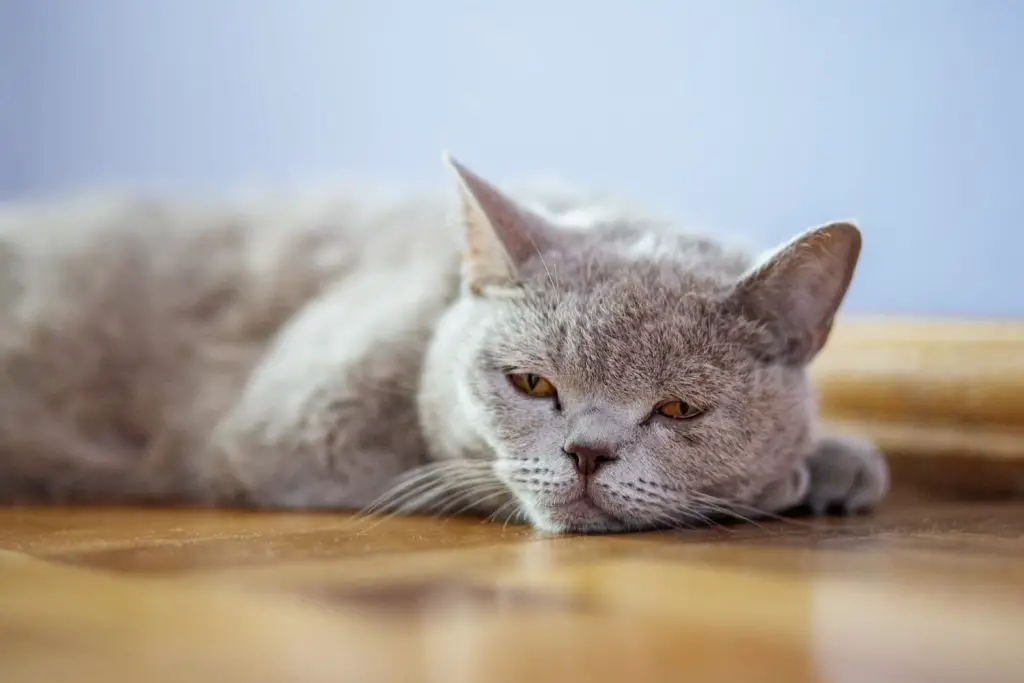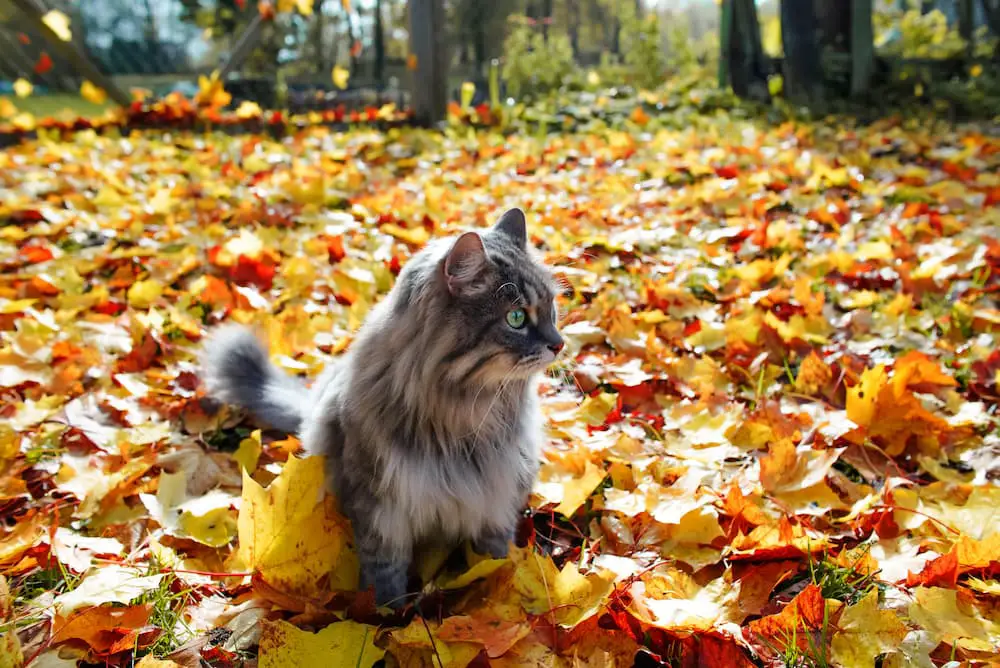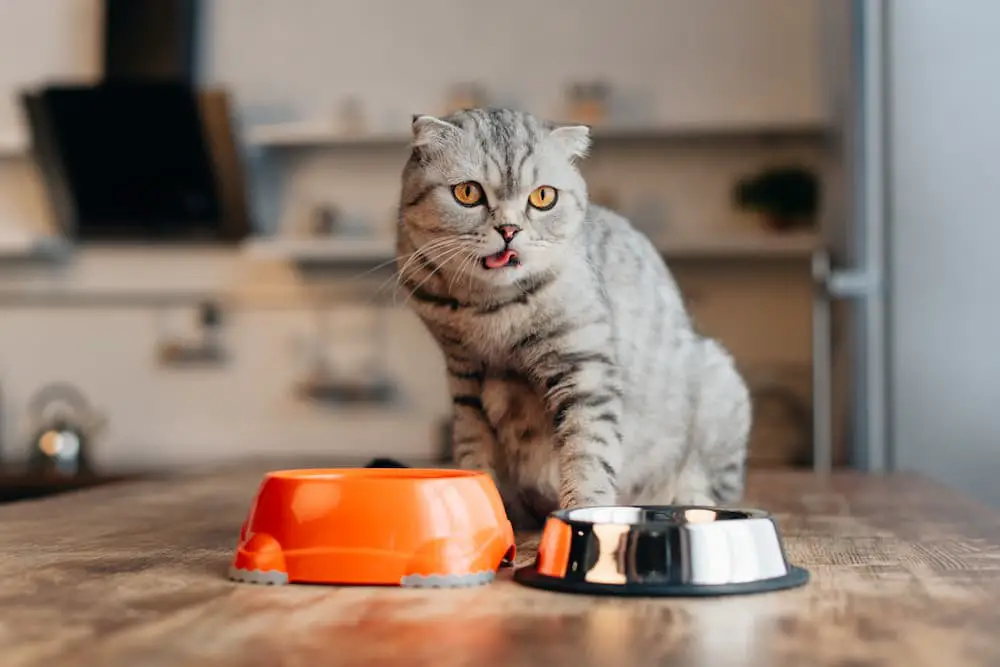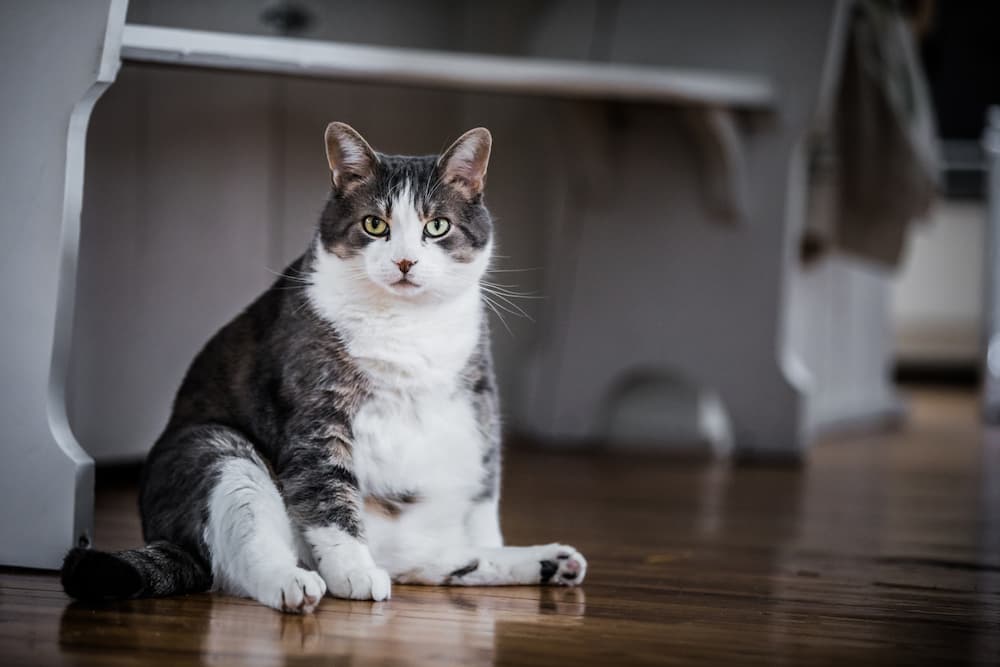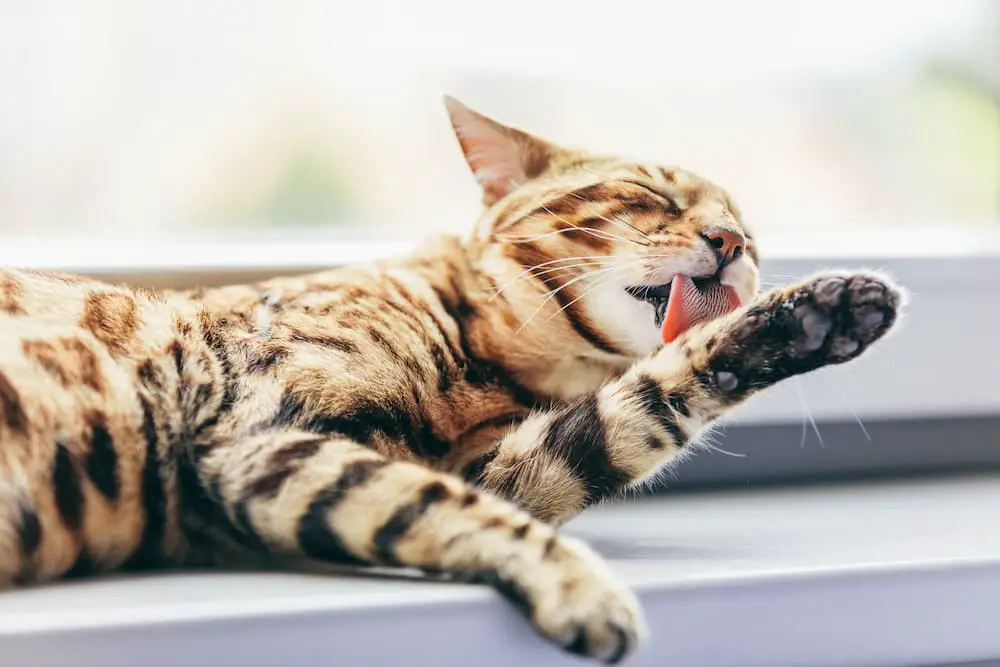Declawing cats is perhaps the most controversial surgical procedure performed by veterinarians today. So controversial, in fact, that countless people consider it a cruel form of mutilation. It’s illegal in many parts of the world, including England, Australia, Germany, Finland, Brazil and many other countries – and most recently Denver, Colorado and all of New York state, where it’s considered inhumane. The recovery from a declaw surgery results in excruciating pain for the cat. A cat’s claws are vital – they are not only a defense mechanism – they provide balance, mobility, exercise, and stretch, and they allow him to mark his territory.
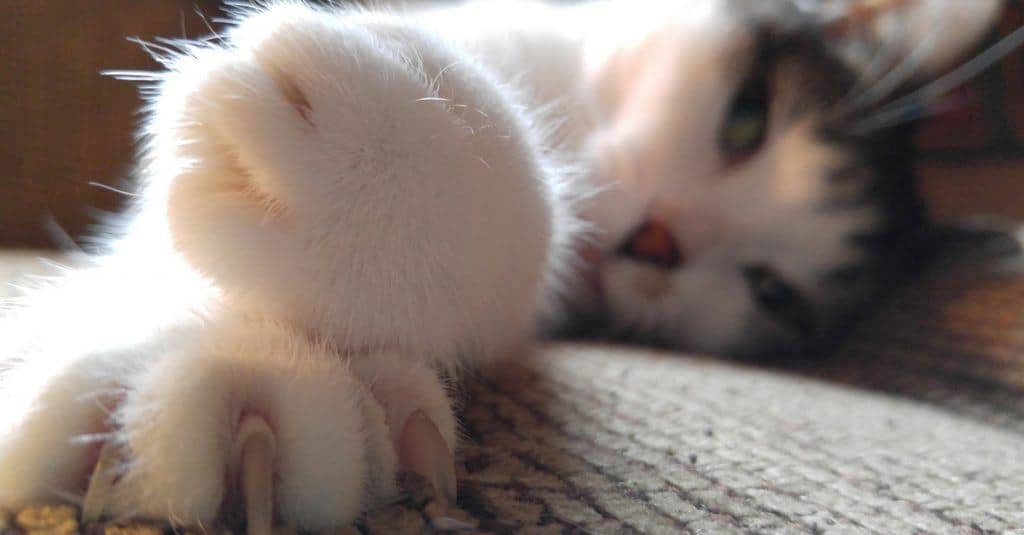
To understand why declawing is so very controversial, we need to understand exactly what’s involved in the procedure. It’s not merely a trimming of the claws. Declawing is a surgical removal of the claws. And to prevent the regrowth of those claws, the entire first joint of each toe is amputated.
Imagine having your fingers and toes amputated at the first knuckle, and then imagine the pain of walking on them afterward.
But the short-term effects of declawing are not the only problems. Declawing can lead to serious long-term physical and behavioral problems with cats. Declawed cats may avoid the litter box because many litters are too painful for their tender paws. Since their primary defense is gone, declawed cats may turn to biting as a defense mechanism. Cats walk on their toes, and once they are declawed and their first joints are amputated, their gait will change which may eventually lead to arthritis and pain in the legs, hips, and back.
Many cat owners have seen the devastating effects of declawing on their own beloved pets and have vowed they would never do it again, knowing what they know now. Fortunately for cats, there are plenty of humane alternatives to declawing.
Training:

Scratching is a natural behavior for cats, and you don’t want to stop your cat from doing it. The goal is to teach your cat what is acceptable to scratch and what isn’t.
The best way to do this is to provide plenty of scratching posts, cat trees and scratchers in varying materials and locations throughout your home. Also, make your furniture and carpet (and whatever you don’t want your cat to scratch) less desirable, by using double-sided tape, aluminum foil or deterrents. Reward your cat whenever he scratches an appropriate surface and be consistent with your training. Never punish him for scratching inappropriately, instead, redirect him to an appropriate surface. Learn more about how to keep your cat from scratching your furniture here.
Nail Trimming:
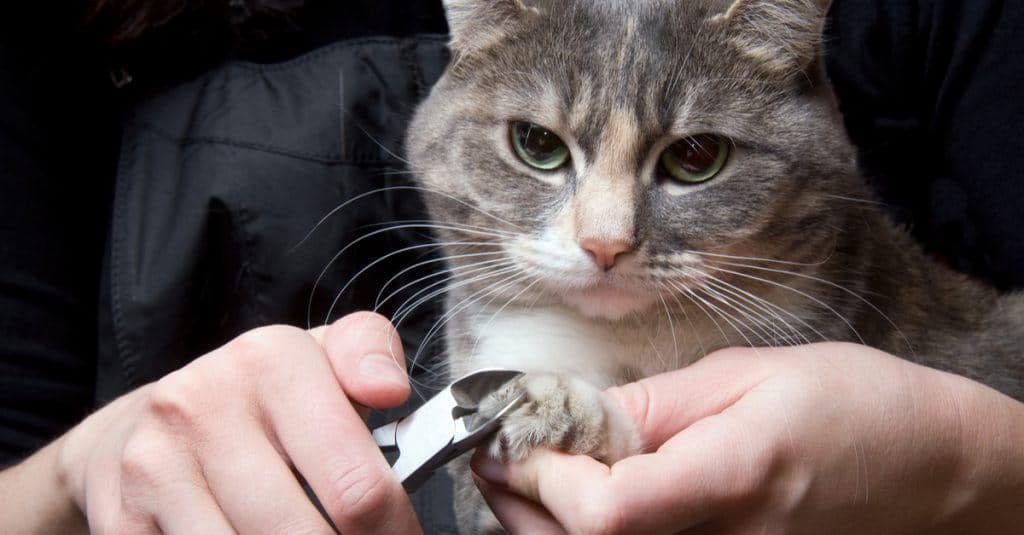
Many people don’t know how to trim their cat’s nails, but keeping them short is often adequate for saving your furniture! Every cat parent should have a good pair of cat nail clippers and learn to trim their nails every one to two weeks.
Nail Caps:
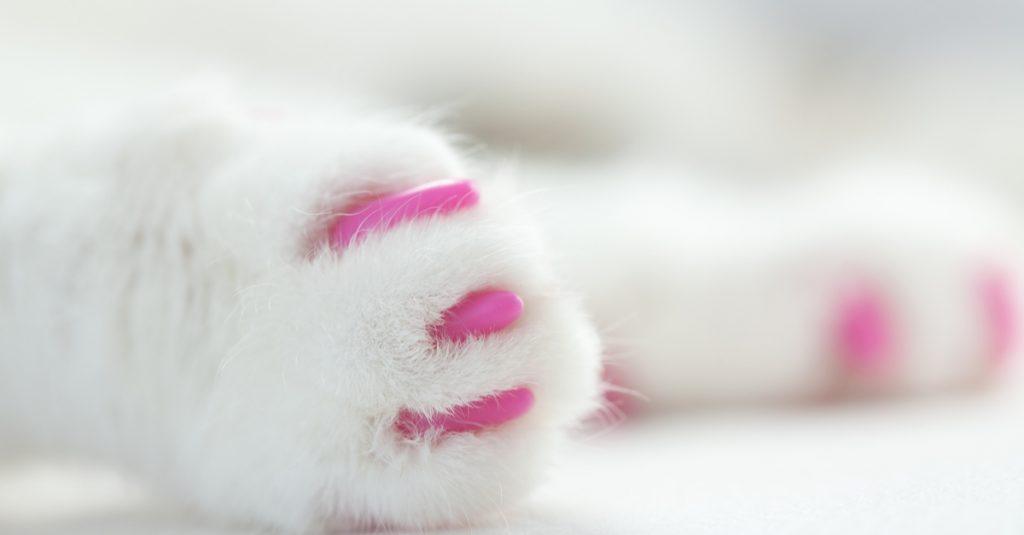
Nail caps are a simple solution to problem scratching and a preferred alternative to declawing. They are smooth vinyl caps that glue over a cat’s claws and help protect your furniture from damage caused by scratching. They’re available in clear or just about any color you can think of – even glitter and glow in the dark – and most cats tolerate them very well.
Feliway:
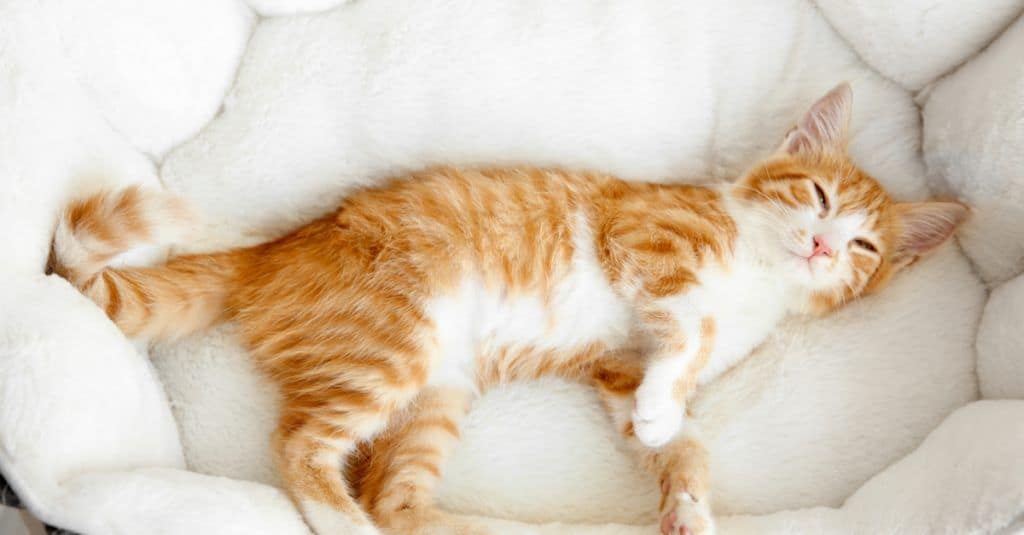
Feliway is available as a room plugin or a spray and it mimics the scent of a cat’s facial pheromones. It’s useful for getting cats to stop urine marking and, as such, is believed to help with cats who mark with their claws, too.
Because there are so many humane alternatives to declawing, there is really no valid reason to consider declawing as a solution for scratching. As we like to say, paws need claws! Please don’t declaw.
The Catington Post is reader-supported. That means, if you make a purchase through links on our site, we may earn an affiliate commission. All images and names which are not the property of The Catington Post are the property of their respective owners.

